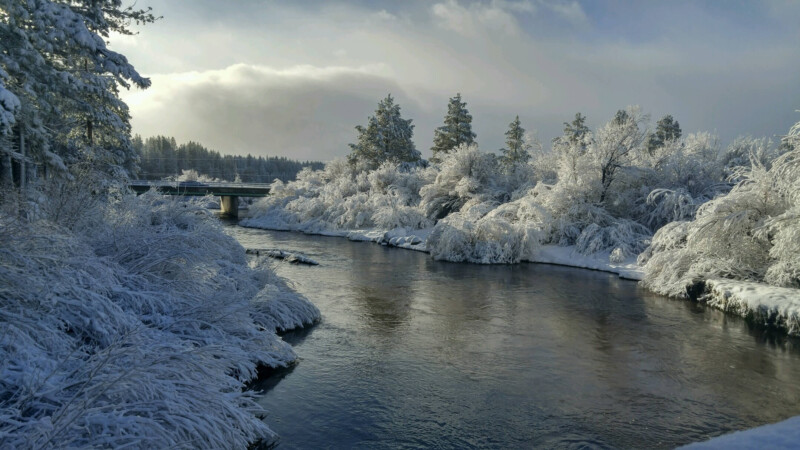Josh Meny, 2News,
The state of Nevada is fragmented when it comes to water systems across the state, and this week, stakeholders from different water systems are meeting to come together and see the bigger picture.
The Nevada Water Resource Association (NWRA) is holding its annual conference in Reno this week.
In the headlines, Nevada was one of the six western basin states to sign a consensus model for reducing water use from the drought-stricken Colorado River with California – the largest water user – being the lone hold-out.
Northern Nevada and rural parts of the state have different dynamics than southern Nevada.
“As you grow, where is all that water going to come from? And if you’re not prepared for it, it could be a huge impact,” said Nevada Water Resource Association Board Member Edwin James. James says oftentimes, the water systems stay in their own bubbles.
“You have urban areas that are now growing, they need water, so they look at water resources. All the water is allocated, so if you’re trying to take water you’re going to have to take it from another source, and agriculture is always at risk,” said James.
Truckee Meadow Water Authority Supply Supervisor Bill Hauck says even when levels are low in Lake Tahoe or the Truckee River, the water system still supplies adequate levels to users.
“We’ve got water coming from three sources. We have ground water production wells. We have water rights from the Truckee River system. Plus we have upstream drought reserves stored in federally owned and privately owned reservoirs upstream,” explained Hauck.
Hauck says those three sources used collectively and managed integrated create a reliable source, and with this winter’s above average snowpack, northern Nevada is in good shape.
“All the reservoirs on the Truckee River system are expected to make a significant if not full recovery this year,” said Hauck.
Southern Nevada Water Authority takes 90% of its water from the Colorado River, and it is in active talks with six of the seven states across the Colorado River Basin. 60% of the water goes toward outdoor use, and 40% goes toward indoor use.
All indoor water is treated and returned back to the Colorado River, which extends their water supply credits. “I think because of the infrastructure investment that we have placed in southern Nevada, we’ve spent over 1.5 billion dollars on a third intake and low level pumping station, which gives us access to Lake Mead at all operation levels,” explained Southern Nevada Water Authority Director of Water Resources Zane Marshall.
The federal government is looking for more reductions from Southern Nevada.
“The Bureau of Reclamation is looking for reductions of 2 to 4 million acre feet across the basin. There is certainly more that needs to be done to identify ways that we can reduce overall demand,” said Marshall.
Water system representatives, technicians, research institutes, academics, and tribal governments attend the NWRA conference.
The Desert Research Institute and the University of Nevada Reno presented updates on their creation of an online water resource network. The project will collect data and share information between all water systems.
It should allow for broader collaboration and information-sharing with the public and elected officials.


